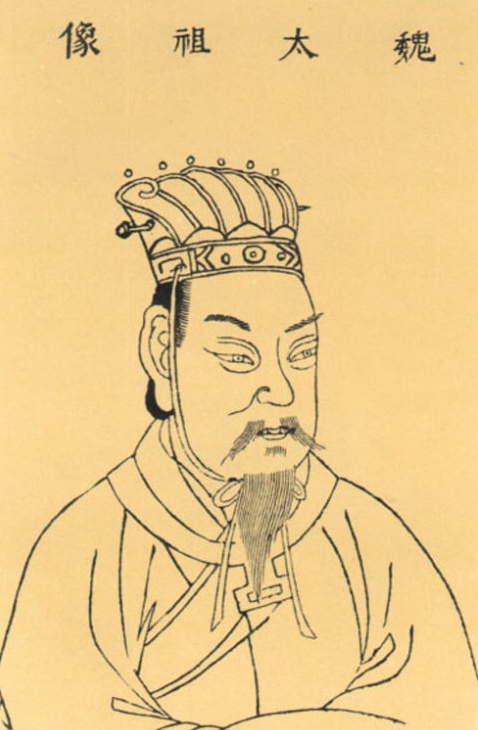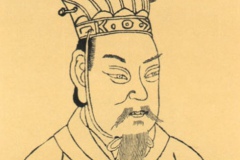In the earlier part of this chapter, Cao Cao transferred the seat of the Emperor Xian to his own residence in Xuchang with one of his arguments made to the Imperial court that he had secure supplies of foodstuff. The point seems pedantic, but this was a time of great famine and scarcity for this region and is mentioned earlier in Cao Cao’s first campaign against Lu Bu when the later seized Yanzhou. In order to supply this provisional capital and the troops with food, he ordered the founding of agro-colonies in the surrounding area. These Tuntian colonies were a mainstay of the Former Han in the Western Protectorate regions and in marcher lands with the Northern barbarian tribes. This measure was quite effective, so Cao Cao decided to spread the system throughout the territories he controlled. Not only was Cao Cao able to feed his troops in the fight against contending warlords like Yuan Shao, Lu Bu, and Yuan Shu, but he also reconstructed the economy of north China where suppression operations against the Yellow Scarves devastated the countryside. The agro-colonies became a cornerstone of the Wei Kingdom founded in 220.
A substantial part of the workforce on the agro-colonies close to Xuchang came from young men formerly fighting for the Yellow Scarves in the province of Qingzhou. After subduing this region, Cao Cao had transferred whole households over hundreds of miles, including kettle and agricultural tools, and resettled them around Xu. Another group of peasants employed in the agro-colonies were peasant refugees (liumin): farmers who had lost their fields or wandered around, escaped war, turmoil, and famine.
The peasants working the fields of the agro-colonies were called “tuntian ke” or “diannong bumin”. The fields and the peasant households working on them were not administered by the district authorities, but by specifically appointed officials, so-called “agricultural governors” (diannong zhonglangjiang or diannong xiaowei) and “agricultural magistrates” (diannong duwei). The agro-colonies of the whole empire were subordinated to the Chamberlain of the National Treasury (dasinong). The basic territorial unit of the colonies were “sprouts” (tun), overseen by commanders (sima), and managed by about fifty peasants. The military character of the agro-colonies can not only be seen in the names of officials administering them, but also in the fact that the peasants were subordinated to military law, as if they were soldiers.
Yet apart from these “civil colonies” (mintun), there were also military colonies (juntun). The officials administering these military colonies were called “tax governors” (duzhi zhonglangjiang or duzhi xiaowei) and “tax magistrates” (duzhi duwei), but were likewise subordinated to the Chamberlain of the National Treasury. The basic unit was the garrison (ying) with about 60 peasants. It might have been that there was a difference between border colonies (shibing tuntian) and inland colonies (shijia tuntian), the former populated by soldiers, and the latter by persons being farmers in peacetime and soldiers when campaigns were planned.
The fields of the colonies were owned by the government. Peasants hiring “state-owned” draft animals delivered sixty per cent of the harvest to the government, those using their own oxen, half. While household members of the military colonies had to deliver corvee labor (yaoyi), this was not required from the households of the civil colonies. The largest military agro-colony of the Wei territories was located along the River Huai and had a workforce of up to 100,000 people. In 264, the Wei emperor decided to transform the territories into regular commanderies (jun) and districts (xian), yet it seems that the transformation was not fully accomplished. In 266, under the newly founded Jin dynasty (265-420), it was once more ordered to abolish the agro-colonies (He 1992, p. 61).
Sources:
He Ziquan (1992). Cao-Wei Tuntian in “Zhongguo da baike quanshu”, “Zhongguo lishi”. Beijing/Shanghai: Zhongguo da baike quanshu chubanshe. Vol. 1. Accessed Jan. 2020 – https://www.chinaknowledge.de/History/Terms/tuntian.html



